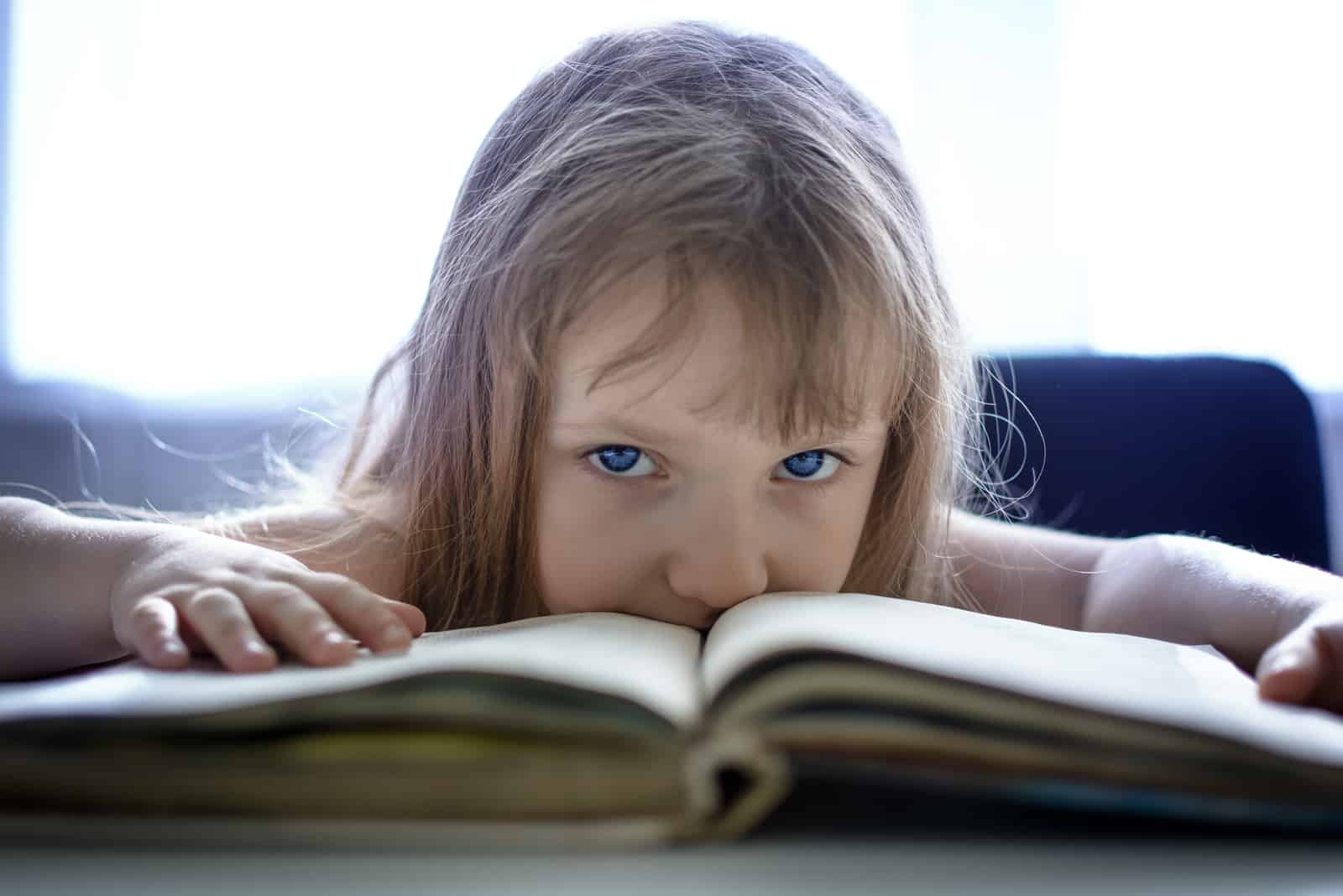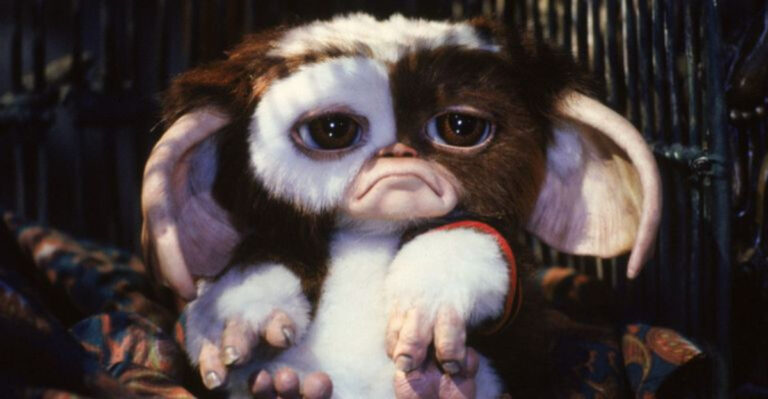Niño Índigo: Todo lo que necesitas saber sobre este concepto de la Nueva Era
Según un concepto new age, un niño índigo es un niño que posee un aura índigo y presenta características notables.
It’s said that they might even have psychic abilities, such as telepatía, and they’re here to usher in a new age.
If you haven’t heard about indigo children before, at first glance, they might seem like characters out of a superhero movie.
Read on to see what’s going on and see if the champion of the earth is walking among us.
¿Qué es un niño Índigo?
Dependiendo de a quién preguntes, el niño índigo es creativo, sensible...y rebelde.
Según otros, también podrían ser los siguiente paso en la evolución humanadotado de poderes sobrenaturales y venido a salvar el mundo.
And finally, some claim that the label “niño índigo” is an alternativa a un diagnóstico de autismo, TDAH o dificultades de aprendizaje.
Which is the real answer? We’ll look at all three perspectives, but first, let’s take a look at the origin of indigo children.
¿De dónde vienen los niños Índigo?

The concept of indigo children was developed in the 1970s by Nancy Ann Tappe, a parapsychologist who studied people’s auras.
Según Tappe, alrededor de cada persona aparecen diferentes colores de aura, pero cada época suele estar marcada por el predominio de un color.
Cuando observó un aumento de las auras índigo en los niños, Tappe llegó a la conclusión de que se acercaba la Era Índigo. Ella describe a los niños índigo como,
“…gifted souls with an evolved consciousness who have come here to help change the vibrations of our lives and create one land, one globe and one species.” Tappe, Comprender su vida a través del color (1982)
Algunos años más tarde, Lee Carroll, canalizador, y su esposa Jan Tober, conferenciante de autoayuda, dieron a conocer ampliamente el concepto con su libro Los Niños Índigo: Los nuevos niños han llegadopublicado en 1999.
¿Cuáles son las características de un niño índigo?
There’s a consensus among various authors on the subject that indigo children are intelligent, confident, unruly and sensitive.
Otras descripciones pueden diferir, por lo que hemos consultado varias fuentes para obtener la mejor imagen de los rasgos de los niños índigo.
1. Rasgos originales del niño índigo

En su ya desaparecido sitio web dedicado a los niños índigo, Tappe los describía como:
• Excellent with technology
As computers and the internet became commonplace in the 1980s, it’s no surprise that young people at the time easily adopted emerging new technologies.
• Full of energy / Bored with school / Easily distracted / Good multitaskers
El uso de estos atributos para describir a los niños índigo aclara por qué el concepto se vinculó al TDAH.
• Blunt / Informal
Un nuevo estilo de comunicación más informal entre los jóvenes se consideraba inusual y diferente.
• Entitled / Focused on their peers / Disregard social norms
Parents were advised to respect their children’s individuality, and behavioral problems in some children that might have arisen from these traits were accepted.
A criticism of Tappe’s descriptions of indigo children is that they’re vague and easy to apply to any child.
Muchos de los rasgos que aquí se detallan fueron identificados por los psicólogos como comportamientos perturbadores causados por los estilos de vida contemporáneos, que hacen imposible que los padres dediquen suficiente atención a sus hijos.
2. Rasgos ampliados del niño índigo

Según el sitio web The Indigo Children, relacionado con Carroll y Tober, estos son los rasgos de los niños índigo:
• They feel and act like royalty
• They feel they deserve to be here
• High self-worth
• They can’t be disciplined with fear
• Difficulty with authority figures
• They don’t want to do some things, such as waiting in line
• Frustrated with rigid systems without creative thought
• School is often difficult
• They don’t conform to any system
• They only socialize with their own kind
• They feel like no one understands them except those like them
Still strongly linked to ADHD, these descriptions are very similar to Tappe’s.
Carroll and Tober claim that indigo children’s problems related to school stem from the fact that they’re more intelligent and mature than their teachers and, therefore, reject their authority.
3. Rasgos del niño índigo revisitados

Doreen Virtue, otra autora sobre el tema de los niños índigo, amplió la aspecto paranormal del concepto.
Destaca sus capacidades psíquicas y los describe con los siguientes atributos:
• Strong-willed
• Headstrong
• Creative
• Addiction-prone
• Psychic
• Isolationist
• Independent
• Proud
• Deep desire to help the world in a big way
• Easily bored
• Probably diagnosed with ADHD
• Sleep problems
Según la Virtud,
“If a child responds positively to 14 o más características, they are likely Indigos.An adult who relates to these characteristics is possibly a forerunner – to set the groundwork for the indigos. Often they are called ‘lightworkers.'” Virtue, El cuidado y la alimentación de los niños Índigo (2001) Hay House.
¿Qué buscan los padres en el concepto de niño Índigo?

It’s generally believed that the concept of the indigo child is related to an increase in attention deficit hyperactivity disorder diagnoses in children in the 1980s and 1990s.
A lot of indigo children’s traits, such as their resistance towards authority figures and their difficulties at school, corresponded to ADHD symptoms.
At the time, ADHD wasn’t a widely discussed subject, and a lot of the details were unfamiliar to parents, despite their apparent widespread.
Para algunos padres, era una forma de hacer frente a lo que se etiquetó como trastorno de conducta o neurodivergencia. Era más fácil tener un hijo especial y superdotado que un hijo con un diagnóstico de trastorno.
Además, con el aumento de los diagnósticos, los profesionales de la salud mental recetaron más medicación sin abordar los problemas subyacentes.
Frustrados por el miedo a la sobremedicación y la desconfianza hacia la industria farmacéutica, algunos padres buscaron respuestas en otros lugares.
Algunos padres creen en teorías conspirativas que afirman que el TDAH es una estratagema para vender más medicamentos.
One of the ideas presented in Caroll and Tober’s book Los Niños Índigo: Llegan los nuevos es que children with ADHD are at a new stage in human evolution and don’t require medication.
¿La nueva generación?

Now that we’ve learned all about indigo kids, let’s move on. Who are crystal children?
According to Doreen Virtue’s 2003 book Los niños de cristalson la siguiente generación que vino después de los niños índigo, y estas dos generaciones se denominan colectivamente niños estrella.
She mentions that they don’t have the “dark edge and the anger energy” of indigo kids, and they’re highly telepathic and sensitive, even more so than their predecessors.
Este concepto se ha relacionado con el espectro autista.
Similar a los padres de niños índigo que se resistían a aceptar el TDAH, los padres que afirman que sus hijos son niños cristal podrían estar intentando redefinir los síntomas neurodivergentes como poderes psíquicos.
Aunque puede ser un giro positivo en una situación difícil, puede tener consecuencias, como que los padres eviten el tratamiento. Esto incluye a veces el rechazo de los padres a vacunar a sus hijos.
¿Crees en los niños índigo?

Creative, intuitive, rebellious, sensitive, empathetic, unconventional, intelligent, and confident. They sound amazing, don’t they?
Algunos padres abordan la idea de un niño índigo a la ligera, como una forma divertida de hablar de sus hijos y compartir simpáticos concursos en las redes sociales. Who wouldn’t like to think that their child is extraordinary?
Algunos padres cuyos hijos presentan algunos problemas de comportamiento se ven tentados a explicarlos utilizando un lenguaje más positivo.
El problema surge cuando las teorías distraen la atención de sus hijos y se racionaliza su comportamiento problemático.
Los escépticos subrayan que la idea de los niños índigo es pseudociencia, sin investigación ni elaboración científica.
ADHD isn’t as unfamiliar and misunderstood as it used to be. There are ways of treating it that didn’t exist at the time when the theory of indigo children came to be.
Whichever belief anyone may hold, it’s ok as long as it prioritizes the child’s well-being.







